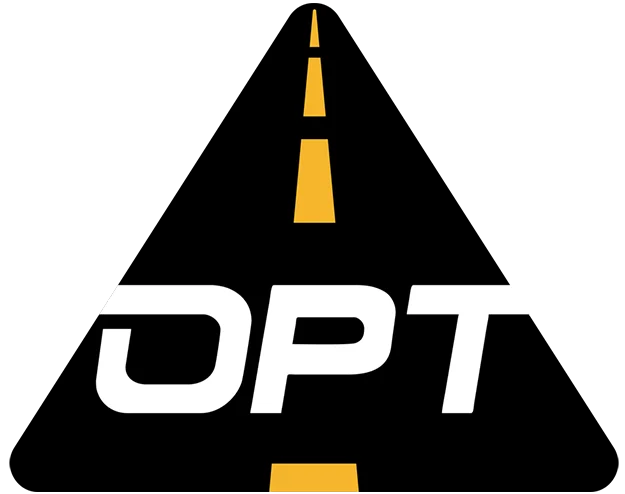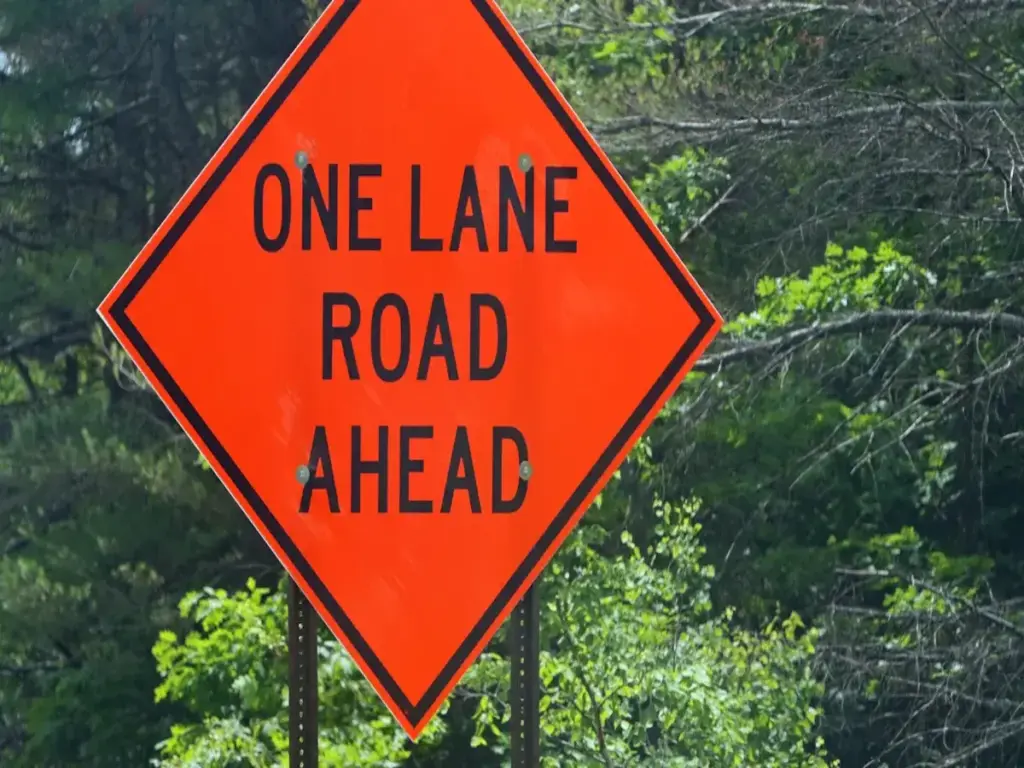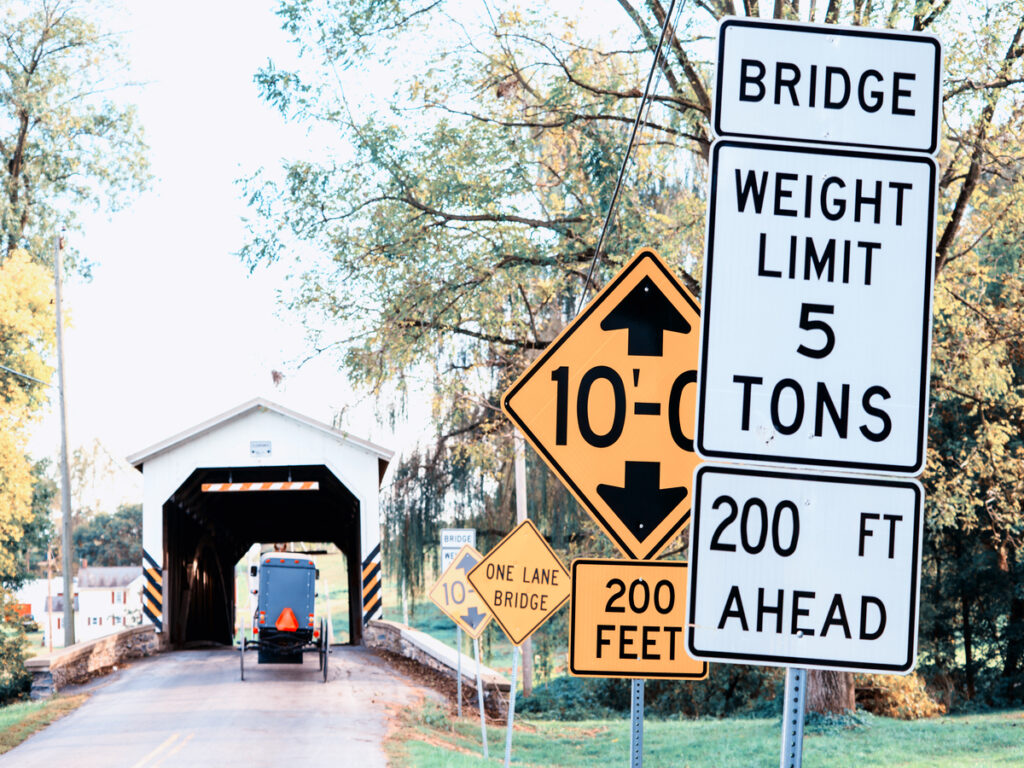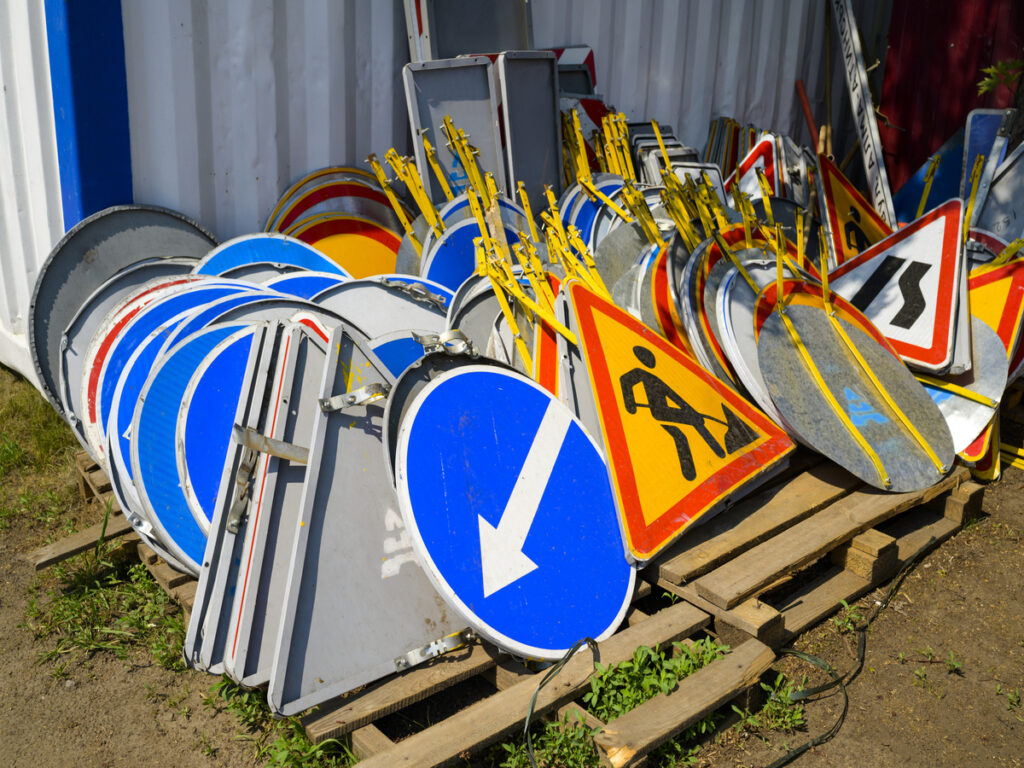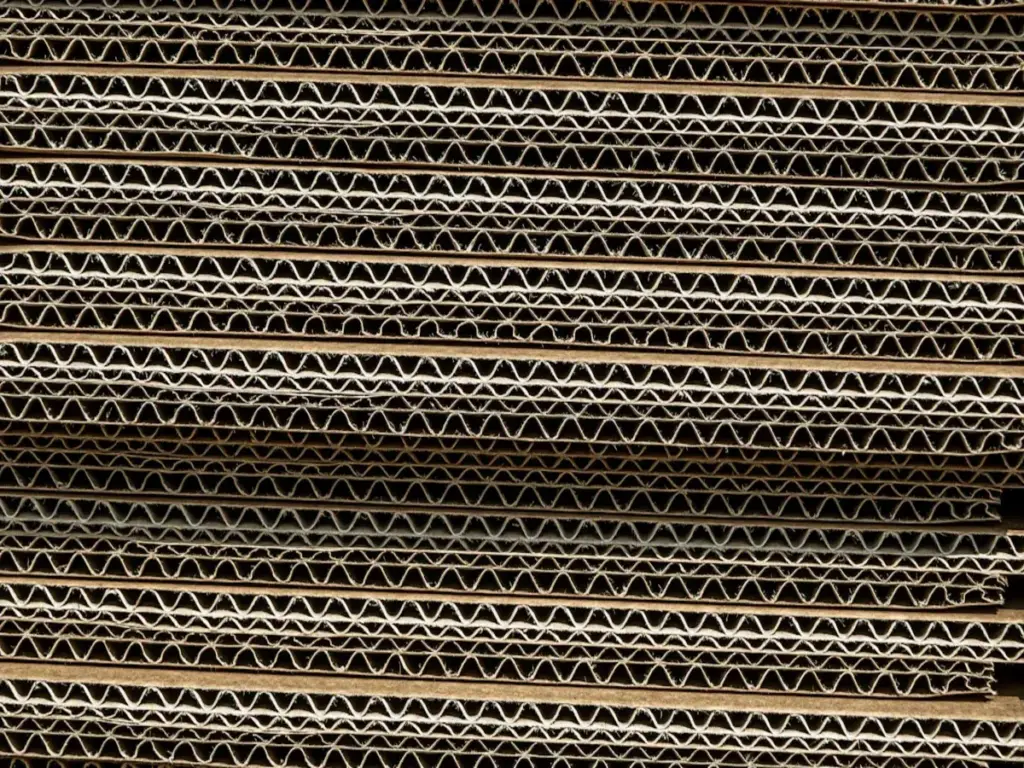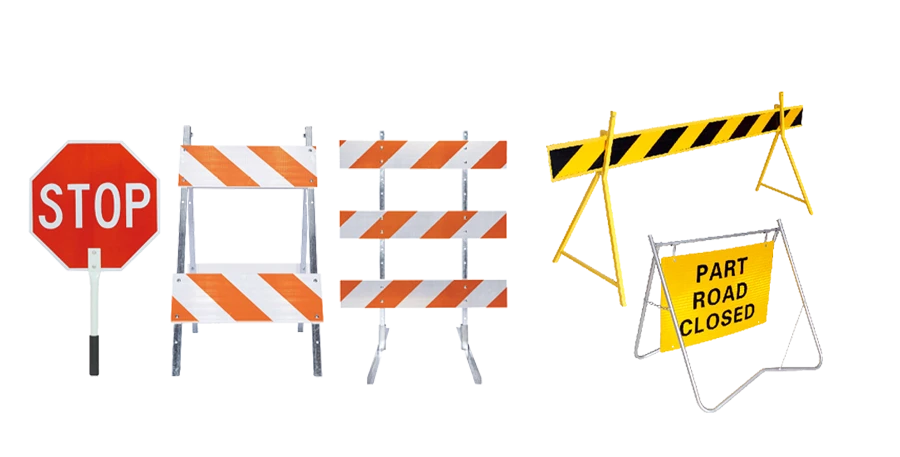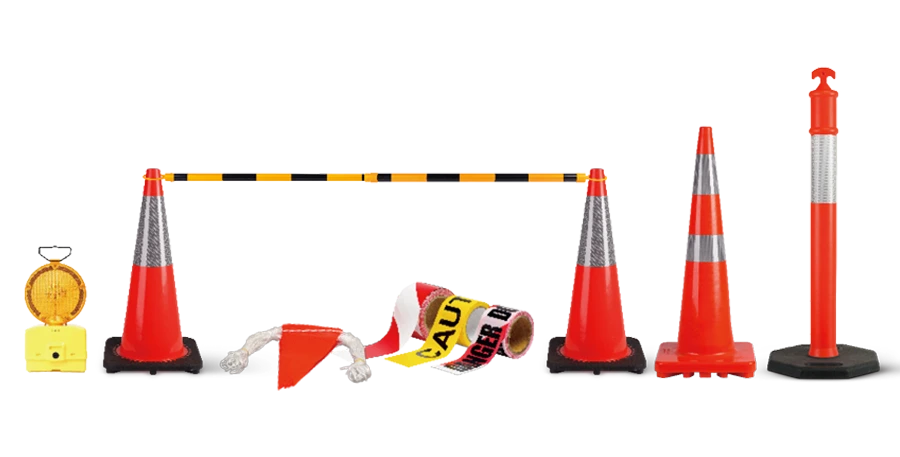
Drivers encounter chevron alignment signs on sharp curves, where they play a crucial role in guiding vehicles safely through tight turns. These signs provide clear signals to drivers, encouraging them to slow down before navigating the curve. By helping to prevent sudden moves that can lead to accidents, chevron signs are an essential part of road safety.
Most curve-related accidents occur on city streets, freeways, and country roads, emphasizing the importance of these signs in reducing risks. The presence of chevron signs alerts drivers to adjust their speed, preventing dangerous maneuvers that could result in crashes. In this blog, we will dive into what Chevron alignment signs mean, how they enhance road safety, and why they are so necessary on our roadways.
At OPTRAFFIC, we offer a wide range of traffic safety signs, including Chevron alignment signs, designed to improve driver awareness and reduce accidents on sharp curves. Our products are made with durability and visibility in mind, ensuring maximum effectiveness in guiding drivers safely through challenging road conditions. Explore our selection of road safety products today and make your roads safer with OPTRAFFIC.
Key Takeaways
- Chevron alignment signs help drivers go through sharp curves. They show when to slow down to stop accidents.
- These signs are made to be very easy to see. Their bright colors and big arrows help drivers spot them far away.
- Putting chevron signs in the right place is very important. The signs should go on the outside of curves to warn drivers about turns ahead.
- Using chevron signs with other safety tools, like rumble strips, makes roads safer. This mix helps drivers pay attention and lowers crash chances.
- Double chevron signs mean the curve is even sharper. They give extra warnings so drivers slow down more in risky spots.
Chevron Alignment Signs – Meaning and Importance
What Are Chevron Alignment Signs?
Chevron alignment signs help keep drivers safe. They are important when roads have sharp curves or turns. These signs are special markers that show changes in the road’s direction. Drivers see them as tall rectangles on the outside of a curve. They do not warn about things blocking the road or about T-intersections. Instead, they show the best way to follow the road.
Note: Chevron road signs must be easy to see from far away. They are put up at least 4 feet high so everyone can spot them.
Chevron alignment signs are very important for road safety. They tell drivers to slow down and get ready for curves. This helps stop crashes and keeps cars moving safely. When drivers see chevrons, they change their speed and where they drive.
Key Features of Chevron Signs
Chevron road signs are easy to notice because of their bright look. Here are some main features:
- Chevron signs have bold arrows or stripes that point toward the curve. These arrows help drivers go around sharp turns and road edges.
- The signs often have a bright or white background with red or black arrows. Studies show that bright backgrounds help drivers slow down the most.
- These signs are made from strong, weather-proof materials like traffic aluminum and special 3M films. This makes them last over 10 years and keeps them easy to see in any weather.
- The signs have shiny surfaces so drivers can see them at night or in fog, rain, or snow.
- Chevrons work better than other curve warning signs. For example:
| Device Type | Speed Reduction Effectiveness | Driver Attention | Implicit Processing |
|---|---|---|---|
| Chevron Sight Boards | Greater reductions | Lower detection rates | Effective under distraction |
| Advance Warning Signs | Moderate reductions | Higher detection rates | Less effective under distraction |
Chevron alignment signs help lower crashes on sharp curves. They guide drivers so they can drive safely, even on tricky roads. Chevrons help slow down cars and stop accidents, so they are a big part of road safety plans.
How Chevron Alignment Signs Prevent Accidents
Visual Cues and Traffic Guidance
Chevron alignment signs help keep drivers safe on curves. These signs are strong visual cues that warn about changes ahead. The W1-8 chevron alignment sign shows drivers where sharp curves are. When drivers see these signs, they know to slow down and change their path. This helps stop crashes and keeps traffic moving well.
Chevrons have a big effect on how drivers act. When drivers get close to a curve, chevrons make them pay more attention. They help drivers make safer choices. The markings show which way the curve goes. This lowers the chance of an accident. Drivers slow down and stay in their lane when they see chevrons.
- Chevron alignment signs make sharp turns safer for drivers.
- They help drivers pay attention and change how they drive.
Studies show chevrons help lower speed and crashes. The table below shows how chevrons affect speed and accident rates:
| Study | Findings |
|---|---|
| Agent and Creasely | Chevrons had a bigger effect on speed and lane use than post-mounted delineators. |
| Gates et al. (2004) | Bright yellow chevrons helped reduce edge line problems and curve speed. |
| Charlton (2007) | Advance warning signs did not slow cars as much as chevrons with other treatments. |
| Montello (2009) | There were 39.4% fewer crashes after chevrons and other treatments were added to curves. |
Effective Placement of Chevron Signs on the Road
Putting chevron alignment signs in the right place is very important. Traffic engineers follow rules for where to put chevrons. They look at the curve’s advisory speed and the road type. The space between chevrons changes with the speed limit. This makes sure drivers see enough signs to guide them through curves.
| Advisory Speed | Sign Spacing |
|---|---|
| 15 mph or less | 40 feet |
| 20 to 30 mph | 60 feet |
| 35 to 45 mph | 80 feet |
| 50 to 60 mph | 100 feet |
| More than 60 mph | 140 feet |
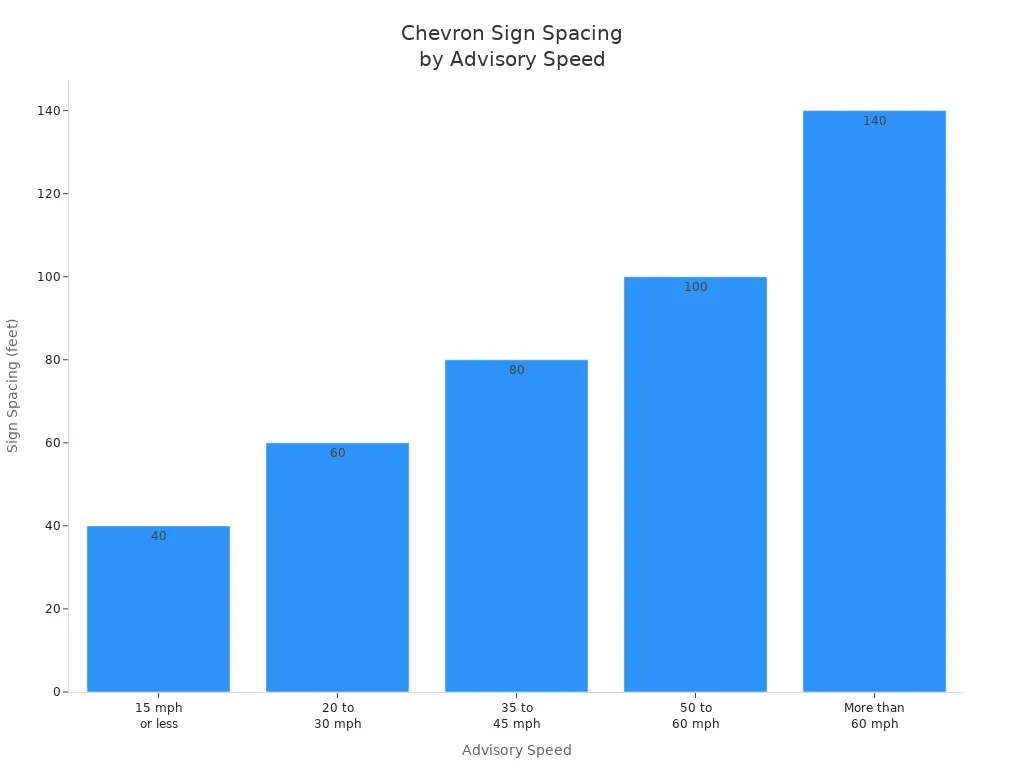
Chevron signs work well with other safety tools. For example, using chevrons with rumble strips or guardrails helps drivers and lowers crash risk. The table below shows how different tools affect drivers:
| Measure Type | Description | Effect on Driver Behavior |
|---|---|---|
| Chevron Signs | Nine chevron signs spaced at 20 m | Good effect on driver behavior |
| Rumble Strips | Two sets of rumble strips, 150 m and 75 m | Good effect on driver behavior |
| Combined Measures | Chevron signs with rumble strips | Even better at helping drivers on curves |
Agencies found that chevrons with yellow blinking lights work best. They slow cars down and help drivers stay in the right spot on curves.
By using these placement tips and mixing chevrons with other tools, roads get safer for everyone. Chevrons on curves help slow cars, lower crashes, and guide drivers through dangerous turns.
Chevron Sign Design and Standards
MUTCD Guidelines for Chevron Traffic Signs
The Manual on Uniform Traffic Control Devices, or MUTCD, makes the rules for chevron alignment signs. These rules help keep roads safe. They also make sure drivers see the same signs in every state. Chevron design follows strict rules. This way, drivers know what to expect on any road.
- At least two chevron alignment signs must always be seen by drivers when a curve or change is there.
- Each chevron sign is a tall rectangle with no border. The sign goes on the outside of the curve. It faces traffic at a right angle.
- The sign has bold arrows that show which way the curve goes. These arrows help drivers slow down and move their car the right way.
The MUTCD has three types of rules for chevron signs:
| Type | Description | Purpose |
|---|---|---|
| Standard | Uses “shall” to show what must be done. | Makes sure traffic control devices are the same everywhere. |
| Guidance | Uses “should” to show what is best to do. | Helps keep traffic control devices similar and gives good advice. |
| Option | Uses “may” to show what is allowed. | Lets people change things for local needs. |
These rules help chevron signs work well for safety. Chevrons help drivers slow down and lower crash risk on curves.
Proper Installation Strategy for Chevron Alignment Signs
Putting chevron alignment signs in the right way is very important for safety. The rules for placing chevrons focus on making them easy to see and understand.
- Put chevron signs on the outside of the curve, facing cars coming toward them.
- The space between signs depends on how sharp the curve is. Sharper curves need signs closer together so drivers always see at least two.
- The bottom of each sign should be at least 1 meter above the ground. All signs should be at the same height and angle so they look neat.
- Clean chevron signs often and replace any that are faded or broken. Good care keeps the signs bright and easy to see.
Chevrons have a big effect on how drivers act. When drivers see clear chevron signs, they slow down and follow the curve safely. Chevrons help lower speed and crash rates. Chevron alignment signs guide drivers through curves, lower accident chances, and help stop crashes. Good chevron design and the right placement keep roads safer, especially on dangerous curves.
Real-Life Applications of Chevron Alignment Signs
Chevron Signs in Rural and Mountainous Roads
Rural and mountain roads have many sharp curves. These roads can be dangerous for drivers. Many rural roads have fast speed limits and hidden turns. Some roads do not have good lights at night. Drivers might not know a curve is coming. About 25% of deadly car crashes happen at curves. Most of these crashes are when cars leave the road. Chevron alignment signs are very important in these places. They warn drivers about changes in the road. These signs help drivers slow down before a curve.
- Rural roads are more dangerous because of fast speeds, sharp turns, hidden roads, and bad lighting.
- About 25% of deadly crashes happen at curves, and most are from cars leaving the road.
- Chevron alignment signs are important because they warn drivers about road changes and help them slow down, especially at curves where crashes happen more.
Chevron signs show drivers where the curve is on the outside of the turn. These signs help drivers slow down and move their car before the curve. Chevron signs have a big effect on how drivers act. When drivers see these signs, they slow down. This helps stop accidents and keeps the road safer.
The Role of Double Chevron Signs in High-Risk Areas
Some curves are much more dangerous than others. Places like steep mountain roads or tight turns need more warning. Double chevron signs give extra help to drivers. These signs have two arrows to show a big change in the road. When drivers see double chevrons, they know to slow down right away.
Studies show chevron signs help drivers slow down and pay attention. The table below shows how different chevron signs change speed and safety:
| Study | Measure | Before Installation | After Installation | Result |
|---|---|---|---|---|
| Gates et al. (2004) | Fluorescent yellow chevrons | N/A | Curve speeds dropped by 1 mph | Drivers acted safer |
| Ré et al. (2010) | Yellow background with black arrow chevrons | N/A | Average speed dropped by 1.28 mph | Drivers stayed in their lane better |
| Wu et al. (2013) | Blue background with white arrow chevrons | N/A | Drivers paid more attention and slowed down | Drivers acted safer |
Double chevron signs help drivers see the most dangerous curves. These signs keep cars in the right lane and lower crash numbers. Putting chevrons in the right place gives every sharp curve a good warning. This makes roads safer and helps stop accidents on sharp turns.
Chevron alignment signs make deadly crashes happen less often. They help keep people safe on sharp curves. These signs are very important on roads where accidents happen a lot. Putting chevron signs in the right spot makes roads safer for all drivers. Towns and companies can use chevron signs to help protect people.
Find out more about chevron signs and help make roads safer near you.
FAQ
What does a chevron alignment sign mean?
A chevron alignment sign shows a sharp curve or change in the road’s direction. Drivers see the arrows and know to slow down and follow the curve safely.
Where should chevron alignment signs be placed?
Engineers place chevron traffic signs on the outside of curves. The signs face oncoming traffic. The spacing depends on the curve’s sharpness and the road’s speed limit.
How far apart should chevron signs be placed?
The placement of chevron signs depends on the road’s curve and the speed limit. Generally, they should be spaced between 100 to 300 feet apart on sharp or dangerous curves. This spacing helps give drivers enough time to adjust their speed and navigate the turn safely. The signs should be placed in a way that ensures clear visibility as drivers approach the curve, helping them anticipate the sharpness of the bend and take necessary precautions.
How should you respond when you see one or more chevron signs?
When you see one or more chevron signs, it’s important to slow down before you reach the curve. Chevron signs indicate that the road ahead has a turn, and depending on whether it’s a single or double chevron sign, the curve may require extra caution. Double chevron signs, in particular, indicate a sharp or dangerous curve, and you should reduce your speed even more. Always adjust your driving according to the road conditions and the warnings provided by these signs to ensure your safety and avoid accidents.
Why are chevron signs important for accident prevention?
Chevron signs give clear visual cues. Drivers see them and adjust speed before entering a curve. This helps prevent crashes and keeps traffic moving safely.
What is the difference between single and double chevron signs?
A single chevron sign marks regular curves, providing a warning to drivers to adjust their speed as they approach a bend in the road. These signs are commonly used for standard curves where moderate caution is needed. In contrast, a double chevron sign indicates very sharp or dangerous curves. The double chevron sign meaning is to warn drivers to slow down significantly more, as these curves present a higher risk of accidents. The double chevrons serve as a stronger signal for drivers to exercise extra caution and reduce speed to navigate safely.
